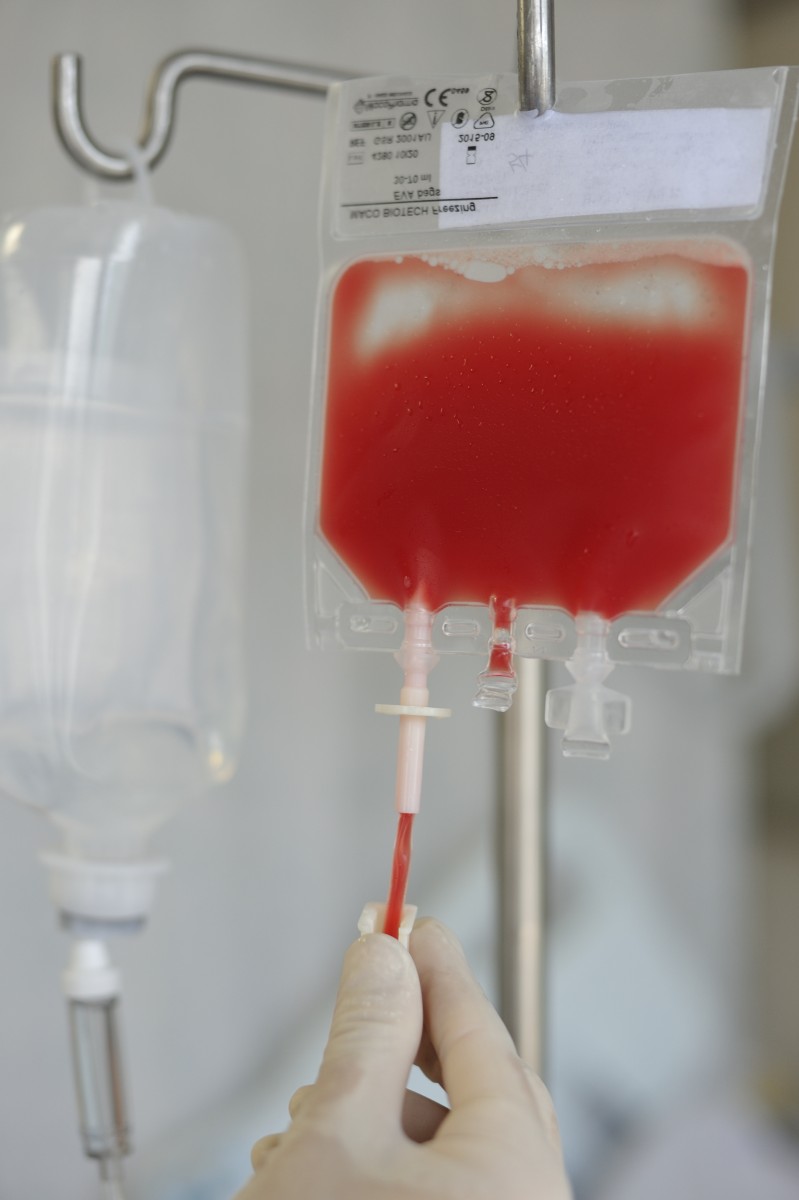Study Challenges View That Sickle Cell Trait Increases Risk of Premature Death
Written by |

Sickle cell trait, a form of sickle cell caused by one (rather than two) faulty alleles, has long been thought to raise a person’s risk of premature death from muscles breaking down under exertion, straining the kidneys. But a new study contradicts this assumption, finding no elevated risk of mortality in a study of active-duty African-American soldiers with sickle cell trait, even though their muscles did break down under extreme physical exertion, a condition known as exertional rhabdomyolysis.
The study, Sickle Cell Trait, Rhabdomyolysis, and Mortality among U.S. Army Soldiers, was recently published in the New England Journal of Medicine.
People with sickle cell trait have one normal and one abnormal allele (alternate form) of the hemoglobin beta gene, a gene necessary for the production of hemoglobin. The person is, therefore, heterozygous for this gene, producing both normal and abnormal hemoglobin, and without the severe symptoms of sickle cell disease. That hereditary blood disorder occurs in a person who has two copies of the abnormal allele (the person is homozygous). Sickle cell trait is most prevalent among people with African ancestry.
Sickle red blood cells have an abnormal crescent shape that is rigid and less able to pass through tight spaces. This may block blood flow to the muscles and other organs, resulting in tissue death, organ failure, and rhabdomyolysis. The harder and faster the person’s effort, the quicker and greater will be the chance for sickling to occur.
For this reason, highly physically active people with sickle cell trait are prone to complications triggered by intense exercise.
The study was performed using the Stanford Military Data Repository and other health records of 47,944 black soldiers (3,564 diagnosed with sickle cell trait and 44,380 without the trait), who served in the U.S. Army between 2011 and 2014. The hemoglobin type of each participant was confirmed by laboratory analyses. The objective was to quantify the association between sickle cell trait and the mortality risk of exertional rhabdomyolysis.
Among the soldiers with the trait, seven had died. However, one death was classified as battle-related and the other six participants died from non–battle-related causes, such as cancer, substance abuse, mental disorders, heart disease, and post-operative complications. Only one death was observed among the soldiers who suffered exertional rhabdomyolysis, but this participant did not have sickle cell trait.
Exertional rhabdomyolysis was not exclusively associated with sickle cell trait. Other factors, such as obesity, tobacco use, and recent use of antipsychotic or statin medications were associated with similar or greater risks of muscle breakdown. Also, the risk of exertional rhabdomyolysis was higher in men, and increased with increasing age in the study population.
Specifically, the study found that the risk of exertional rhabdomyolysis was 54 percent higher among African-American soldiers with sickle cell trait than among those without it — no where near the 2,800 percent increased risk reported in a 1987 study, a difference the researchers partly attributed to better safety practices among active-duty soldiers.
“The most important thing to come out of this study is the really reassuring news that under conditions of universal precautions against dehydration and overheating, we don’t see an elevation in the risk of mortality in people with sickle cell trait,” said Dr. Lianne Kurina, on of the study’s authors, in a press release.





